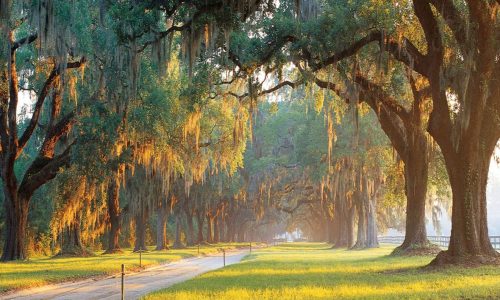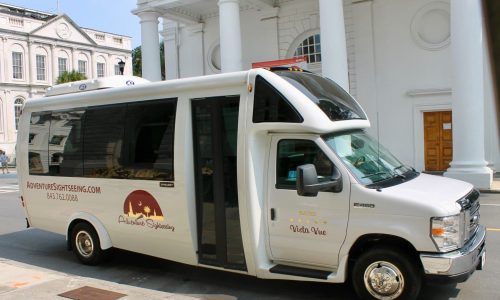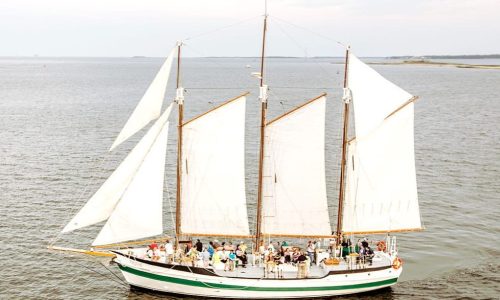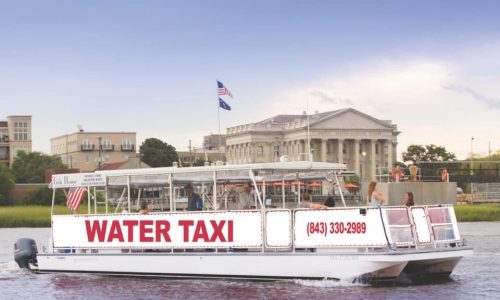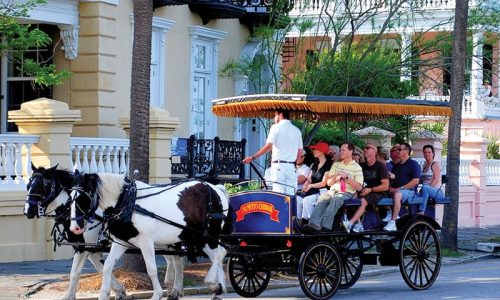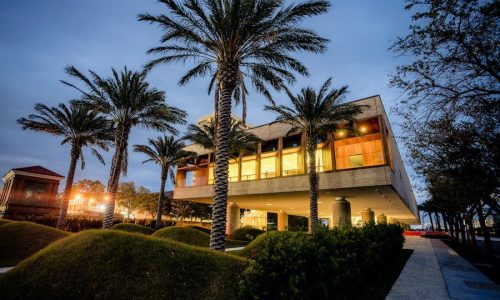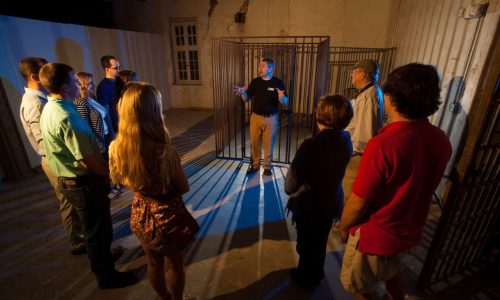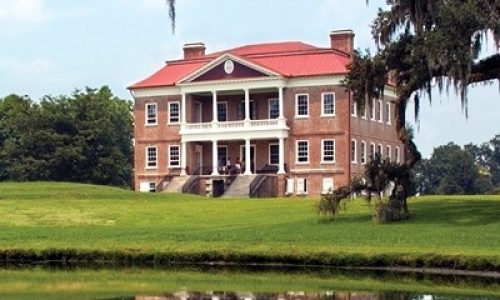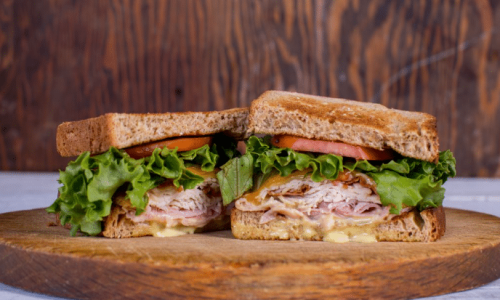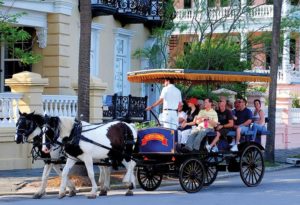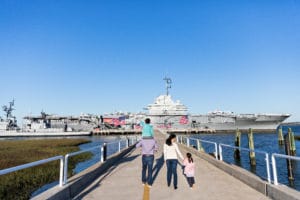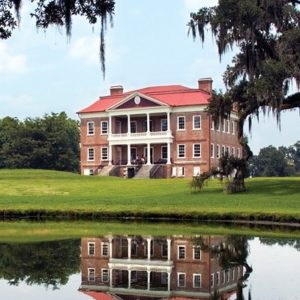Immerse yourself in Charleston’s history along the Museum Mile. This 1-mile section around Meeting Street is home to six museums, five historic homes, four parks and a number of churches and public buildings – all of which are significant to Charleston’s past.
During the month of January, you can purchase a Museum Mile Month pass for access to 11 different sites for just $25 (adults) and $10 (children 12 and under). Tickets can be purchased at one of the three area Charleston Visitor Center locations (downtown Charleston, North Charleston and Mount Pleasant). For more information, visit charlestonsmuseummile.org.
Participating sites include:
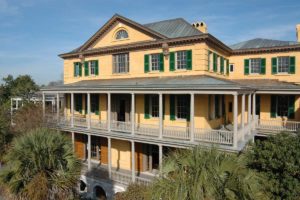
Aiken-Rhett House Museum, 48 Elizabeth St. This home, built in 1820, remained in the hands of family descendants for 142 years until it opened as a museum house in 1975. The house was built by Charleston merchant John Robinson. When Robinson lost five ships at sea in 1825, he was forced to sell the house. In 1827, it was sold to William Aiken Sr.
The Charleston Museum, 360 Meeting St. Founded in 1773 and commonly regarded as “America’s First Museum,” The Charleston Museum was established by the Charleston Library Society on the eve of the American Revolution. First opened to the public in 1824, the museum developed prominent collections. Operations were temporarily suspended due to the Civil War, but began again shortly afterward.
Children’s Museum of the Lowcountry, 25 Ann St. Children from birth to 10 years of age will enjoy exploring the many activities in this hands-on museum. Kids can race boats down rapids, climb aboard a Lowcountry pirate ship, create art projects, shop in a child-sized grocery store and drive an antique fire truck.
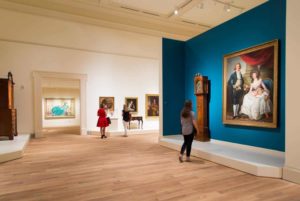
Gibbes Museum of Art, 135 Meeting St. Opened in 1905, the Gibbes Museum of Art is home to the foremost collection of American art that incorporates the story of Charleston. The museum recently underwent an extension renovation and reopened in 2016.
Joseph Manigault House, 350 Meeting St. One of Charleston’s most exquisite antebellum structures, this house, built in 1803, reflects the urban lifestyle of a wealthy, rice-planting family and the enslaved African Americans who lived there.
Confederate Museum, 188 Meeting St. Market Hall is home to the Confederate Museum, which opened in 1899. Market Hall was built in 1841 and is a copy of the Temple of the Wingless Victory in Athens, Greece. It served as the front entrance to the six blocks of the roofed market space. Market vendors sold fruit and vegetables, meat and fish. No slaves were sold at the market.
The Powder Magazine, 79 Cumberland St. Completed by 1713, The Powder Magazine is the oldest government building in South Carolina. This facility was used as an arsenal from 1713 to 1748 to defend the colony from the Spanish, French, pirates, slave rebellion and native attacks.
Old Slave Mart Museum, 6 Chalmers St. This museum recounts the story of Charleston’s role in the early 1800s inter-state slave trade by focusing on the history of this particular building and the slave sales that occurred there.
Heyward-Washington House, 87 Church St. Built in 1772, this Georgian-style double house was the town home of Thomas Heyward Jr., one of four South Carolina signers of the Declaration of Independence. The property features the only 1740s kitchen building open to the public in Charleston as well as formal gardens featuring plants commonly used in the Lowcountry in the late 18th century.
Nathaniel Russell House Museum, 51 Meeting St. This house is widely recognized as one of America’s most important neoclassical dwellings. Owner Nathaniel Russell was born in Bristol, Rhode Island. A 27-year-old Russell settled in Charleston in 1765, when the city was a bustling seaport. By 1774, Charleston boasted a per capita of wealth nearly four times that of all the American colonies.
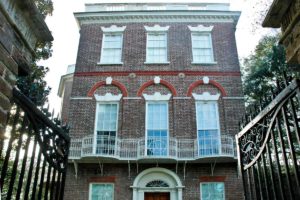
The Old Exchange and Provost Dungeon, 122 East Bay St. This historic building was constructed in 1771. The Old Exchange is where South Carolina ratified the U.S. Constitution in 1788 becoming the eighth state to join the union. It was used as a prison by the British occupation during the Revolutionary War.
Edmondston-Alston House, 21 East Battery. The collection at this house museum consists of pieces that belonged to the family, so it’s an incredible look at not only family history, but American history as well. Despite the ravages of the Civil War, the Earthquake of 1886 and numerous hurricanes, the Alston family pieces remain in place much as they have for more than 150 years.


